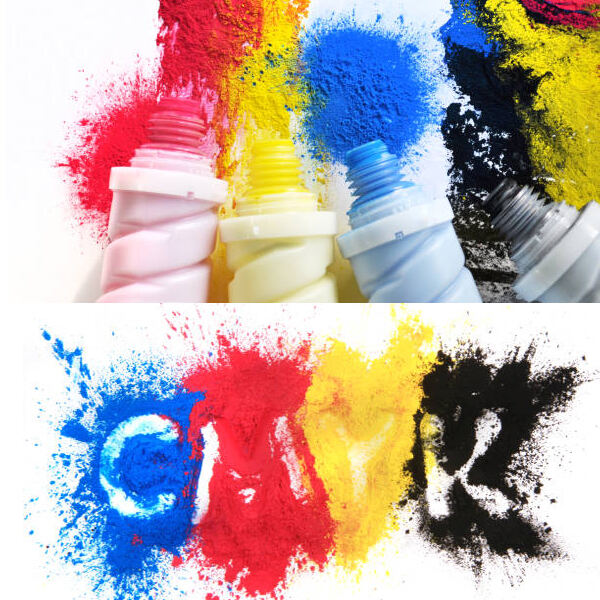primary charge roller
A primary charge roller (PCR) is a critical component in laser printers and photocopiers, responsible for applying a uniform negative charge to the photosensitive drum. This electrostatically charged surface is essential for the proper transfer of toner during the printing process. The PCR consists of a conductive core covered with specialized conductive rubber compounds, engineered to maintain consistent electrical properties across various environmental conditions. Operating through direct contact with the photosensitive drum, the PCR applies a precise negative charge typically between -600 to -900 volts. Modern PCRs incorporate advanced materials and surface treatments to prevent contamination and ensure long-term reliability. The uniform charge distribution created by the PCR directly influences print quality, making it crucial for achieving sharp, clear images and text. PCRs are designed to operate efficiently across different printing speeds and environmental conditions, maintaining stable charging characteristics throughout their operational lifetime. The technology has evolved to include self-cleaning mechanisms and wear-resistant coatings, significantly extending the component's service life and reducing maintenance requirements.


